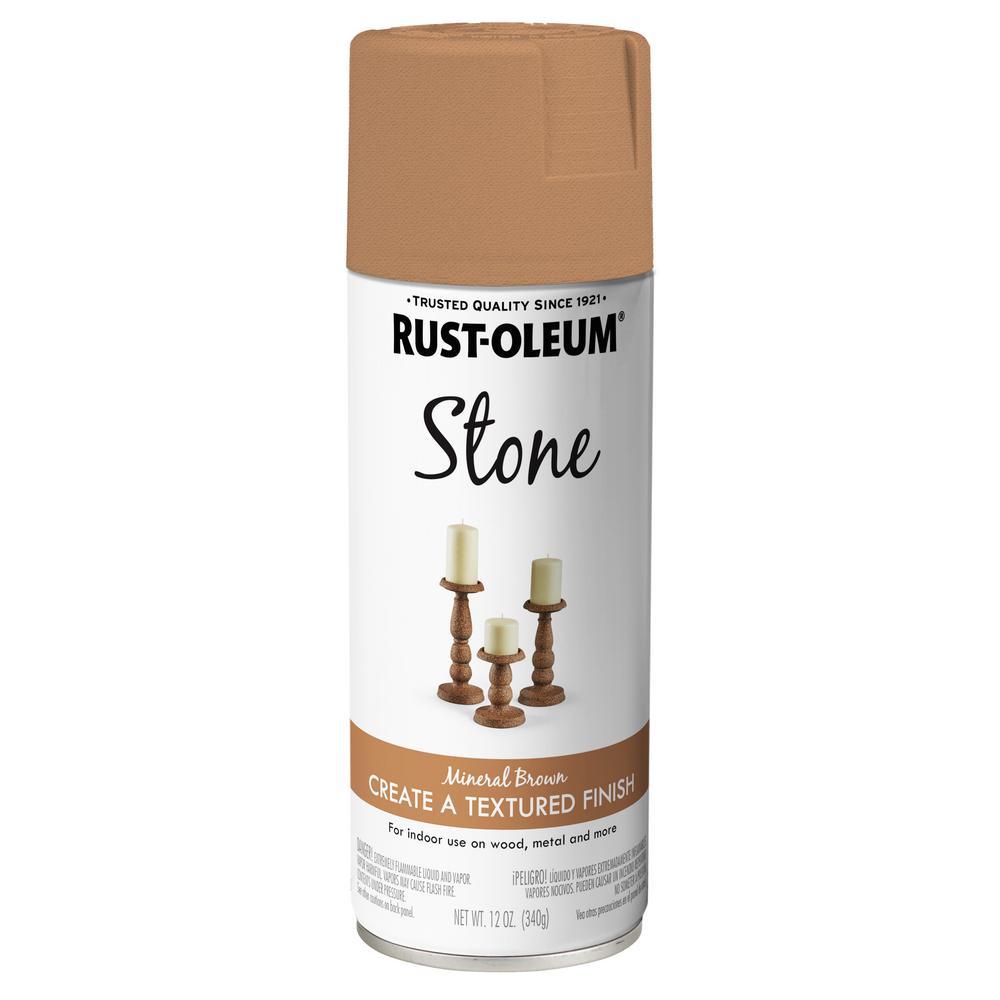

If you get paint on anything accidentally, use the label-recommended paint thinner or cleaning agent and a rag to clean up as soon as possible, before paint dries or cures. If you don’t notice these drips until after the drying process, sand them down with a fine-grit paper and dry-wipe the dust off. If this happens, remove all excess wet paint with a clean, dry, lint-free cloth. Pausing even briefly, or hovering, while spraying can create drips or spots.If you only move your arm, you may not maintain the same density of spray. If painting larger items, like bookshelves or an iron fence, step along sideways toward the direction of your spray.Briefly shake the can regularly throughout the process. For every new spray, overlap with the last row of paint. Each time you complete a single pass or row, stop spraying and give your can a quick shake for 5 to 10 seconds, then start spraying off the item before you do another pass. Holding the can a foot from the painting surface, aim the light, fine mist on the object and sweep side to side or up and down to coat the width or length of your project.Always begin and end spraying off your project, by simply spritzing the air beside it, to ensure that once paint hits the target, you’re shooting a steady, even, misting spray.Repeat with as many as three applications, working in light, even coats. These techniques will ensure smooth, even results. Allow it to dry thoroughly before repeating Step 6 for your first color coat. If your paint doesn’t include primer, follow the painting techniques in Step 6 with a spray primer formulated for use on metal, such as Rust-Oleum Metal Primer Spray Paint ( view on Amazon). If that doesn’t resolve matters, dab lacquer or paint thinner onto the nozzle with a rag, then wipe it off and test it again. Spitting can mean a malfunctioning nozzle, but it also might be a bit clogged if dealing with a can of paint you’ve had for a while, try cleaning the nozzle with warm water. If you see spitting or uneven spray on a new can, return it for a replacement. Shake the can vigorously for 45 to 60 seconds and spray onto a cardboard box or the bottom of your project. Get your mask, gloves, and goggles on and test your spray paint to ensure it provides a thin, fine mist. Using masking tape, tape off areas of your piece that you want to keep unpainted. Move all furniture from the area or cover with drop cloths, and also protect floors with drop cloths or newspaper for as much as 10 feet around your work zone for large projects. If working indoors, ventilate the area well, opening doors and windows. Not only can wind blow leaves and pollen onto your project, it can literally push your paint around, causing uneven results.

Prepare your work location, which ideally will be outdoors and protected from wind. You may need a water-dampened rag to remove stubborn crud, but ensure metal is 100 percent dry before painting. Wipe thoroughly with clean, dry cloth to remove any dust, dirt, and debris.


 0 kommentar(er)
0 kommentar(er)
